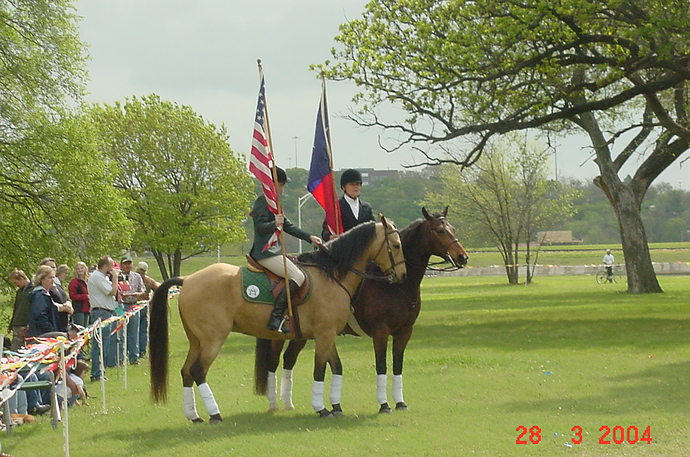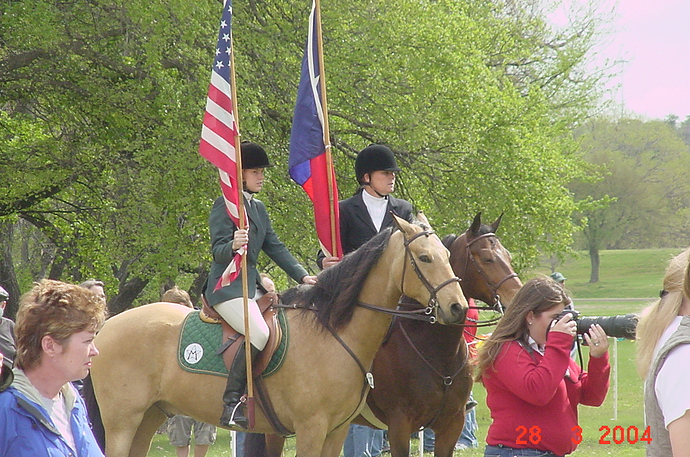Ooooo, Ohhhh. I have a question!!! You are the perfect person to answer it!!
What do you think the Medieval time for mainland Europe is? I ask because I’ve always been so turned off my the Medieval period. TO ME (a scientist obviously lacking in history knowledge), I think of Medieval times as a spread of Christianity and little tolerance for non-Christians.
I’ve always tried to pay attention to this but paid little attention to dates. I went to the Rijksmuseum in Amsterdam and their Medieval wing included all sorts of instruments of torture and art from the time. Seemed like such oppression. But I think their artifacts are from Late Medieval based on your timeline.
Of note, the recovered horse chainmail armor fit a horse, not a pony. Not huge horses, but not ponies. So some horse-sized horses went into battle.
I want to say it was the late Medieval time? I went to 's-Hertogenbosch for a large horse show and I think the buildings were built in the 1420s (building imprints said). I was amazed that the guillotines (I think, some way to kill people) were placed right next to the church! In the public square so everyone could watch!
So brutal! And the moat around the city to keep people out. That said, what a LOVELY town these days!! So worth the trip!
Can you comment on this? I’ve always associated the Medieval times with Christians murdering other people for power in Europe. Either using religious fear or maybe they believed it. But they very brutally killed and punished people. Am I wrong? What am I missing about this time period that I should know about? I’d love to hear about the great things going on in th 1300s-1400s,






 We generally speak of conversion to Christianity because our world view is strongly Eurocentric. But, if we look at Scandinavian/German history in the 800-1200 era, one finds rulers converting back and forth from pagan to Christian to pagan and then Christian. The same thing occurs in Spain, North Africa, and the Byzantine Empire regions, there going from Christian to Islamic to Christian (though the latter tend to end up more pluralistic with a dominant Islamic religion and multiple other religions still present). Yes the ‘Moors’ is the old term for the Islamic Kingdoms in Spain, because of the North African connection.
We generally speak of conversion to Christianity because our world view is strongly Eurocentric. But, if we look at Scandinavian/German history in the 800-1200 era, one finds rulers converting back and forth from pagan to Christian to pagan and then Christian. The same thing occurs in Spain, North Africa, and the Byzantine Empire regions, there going from Christian to Islamic to Christian (though the latter tend to end up more pluralistic with a dominant Islamic religion and multiple other religions still present). Yes the ‘Moors’ is the old term for the Islamic Kingdoms in Spain, because of the North African connection.